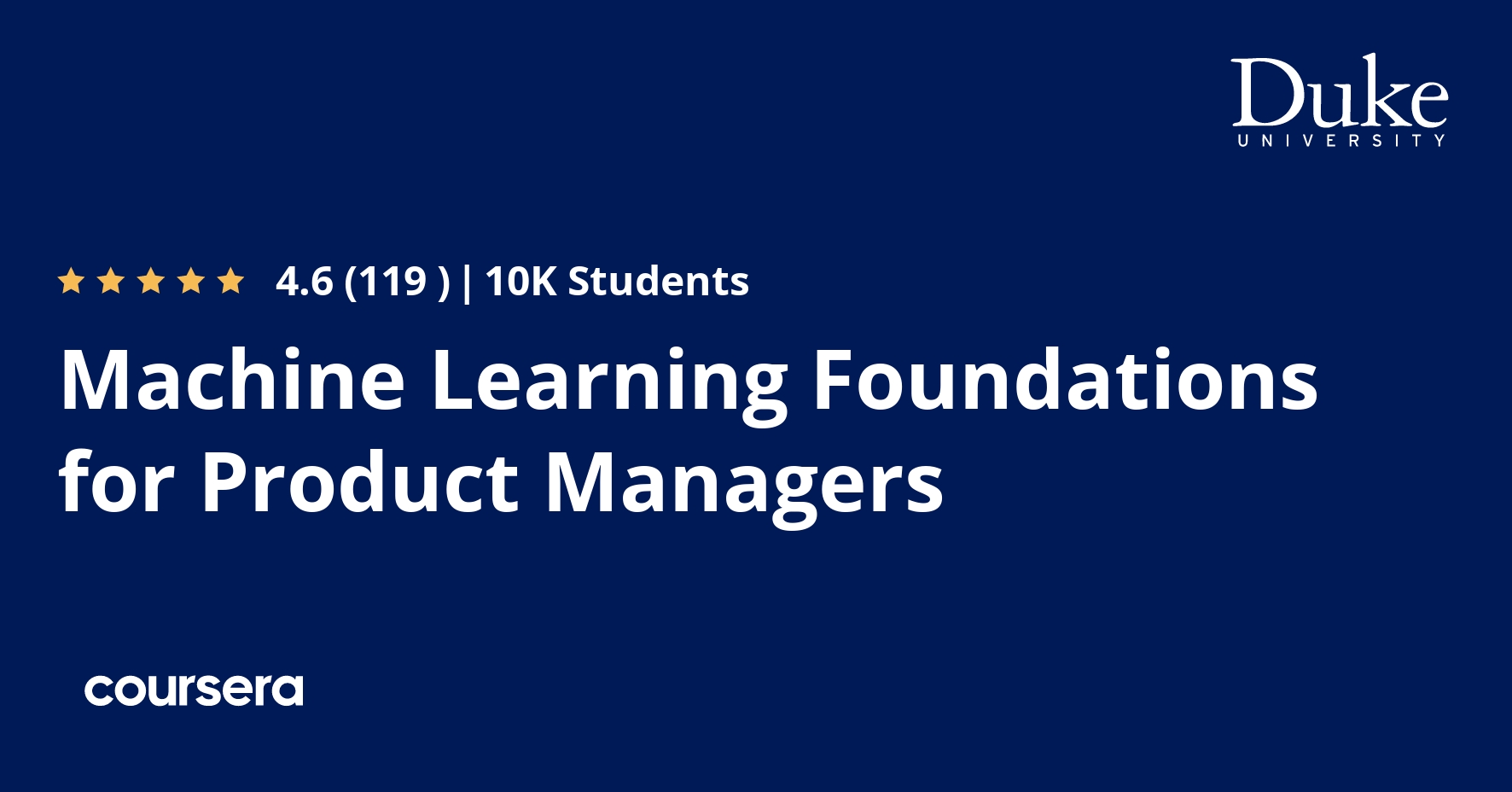Description
In this first course of the AI Product Management Specialization offered by Duke University’s Pratt School of Engineering, you will build a foundational understanding of what machine learning is, how it works and when and why it is applied. To successfully manage an AI team or product and work collaboratively with data scientists, software engineers, and customers you need to understand the basics of machine learning technology. This course provides a non-coding introduction to machine learning, with focus on the process of developing models, ML model evaluation and interpretation, and the intuition behind common ML and deep learning algorithms. The course will conclude with a hands-on project in which you will have a chance to train and optimize a machine learning model on a simple real-world problem.
At the conclusion of this course, you should be able to:
1) Explain how machine learning works and the types of machine learning
2) Describe the challenges of modeling and strategies to overcome them
3) Identify the primary algorithms used for common ML tasks and their use cases
4) Explain deep learning and its strengths and challenges relative to other forms of machine learning
5) Implement best practices in evaluating and interpreting ML models
What you will learn
What is Machine Learning
In this module we will be introduced to what machine learning is and does. We will build the necessary vocabulary for working with data and models and develop an understanding of the different types of machine learning. We will conclude with a critical discussion of what machine learning can do well and cannot (or should not) do.
The Modeling Process
In this module we will discuss the key steps in the process of building machine learning models. We will learn about the sources of model complexity and how complexity impacts a model’s performance. We will wrap up with a discussion of strategies for comparing different models to select the optimal model for production.
Evaluating & Interpreting Models
In this module we will learn how to define appropriate outcome and output metrics for AI projects. We will then discuss key metrics for evaluating regression and classification models and how to select one for use. We will wrap up with a discussion of common sources of error in machine learning projects and how to troubleshoot poor performance.
Linear Models
In this module we will explore the use of linear models for regression and classification. We will begin with introducing linear regression and continue with a discussion on how to make linear regression work better through regularization. We will then switch to classification and introduce the logistic regression model for both binary and multi-class classification problems.




